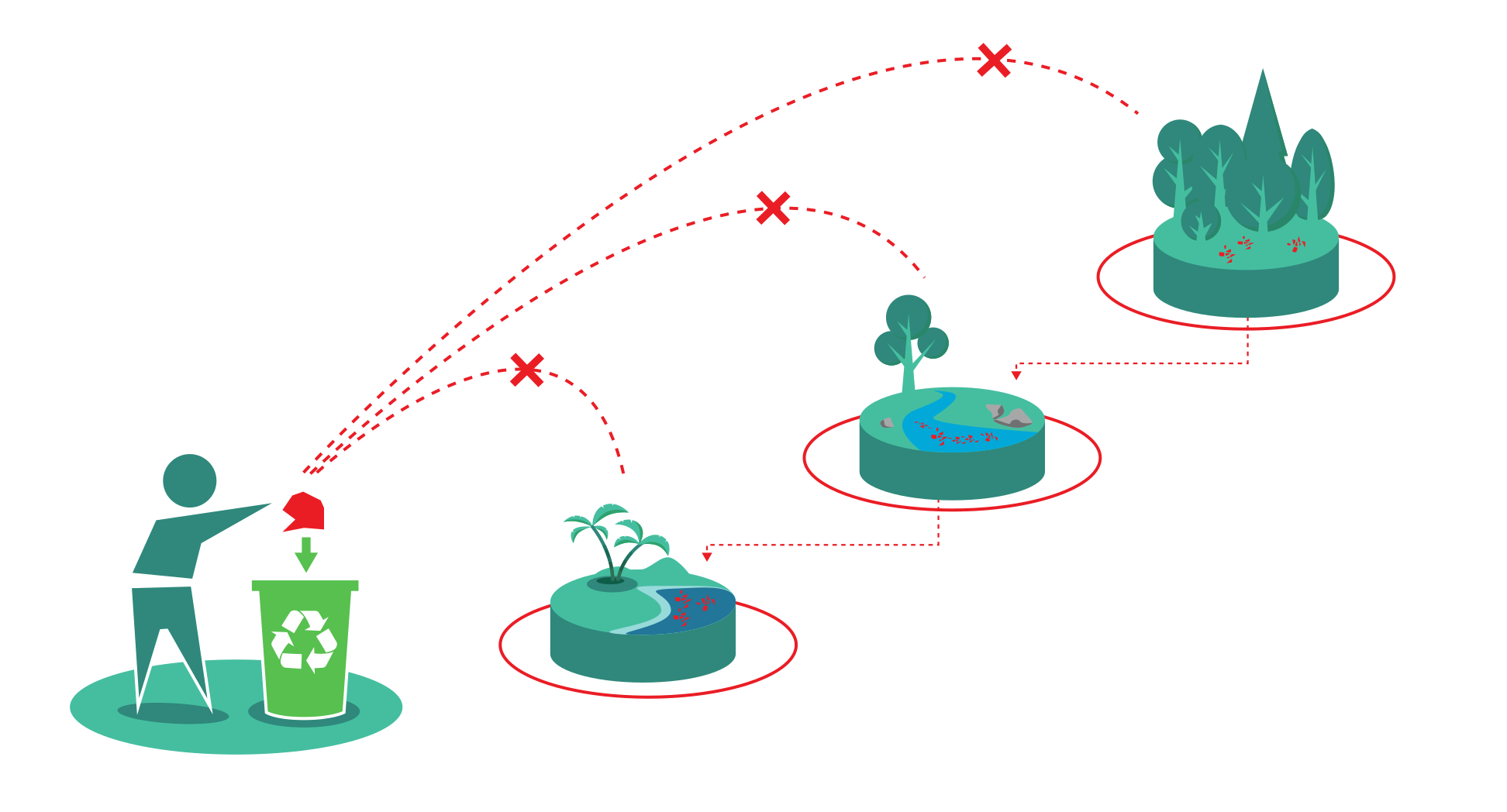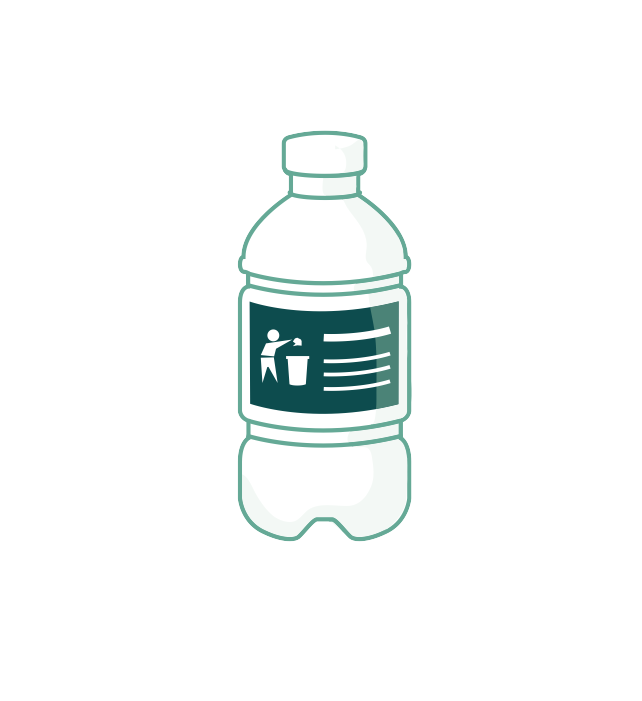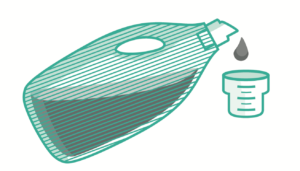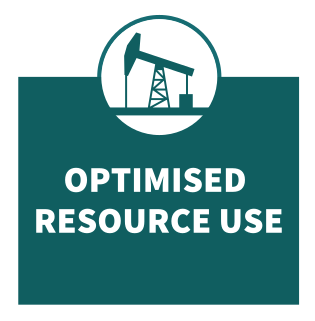DESIGN FOR ENVIRONMENTALLY SOUND USE

The accumulation of plastic residues in the (marine) environment has become an issue of high public awareness. Some of these residues result from carelessly discarded plastic packaging (Littering). This may involve the packaging as a whole or parts of the packaging such as closures or lids and residues of packaging breaking down into smaller pieces in the environment.
Possible approaches that may be included in design to avoid littering are:
- Careful product design in order, wherever possible, to prevent littering of small pieces of packaging that can easily be lost
- Easily comprehensible consumer communication including clear recommendations regarding the importance of correct disposal
Other potential environmental problems from the use phase of plastic packaging are unintended leakage of harmful packed goods or the deterioration of packed goods resulting from improper resealing of the packaging after initial use. Residues of contents that cannot be removed, or which can only be removed with great difficulty, from the packaging are also problematic from an environmental perspective. The contents produced using valuable resources are thus wasted and this can also significantly impair the Recycling of packaging materials.
- Safe resealing
- Easy portioning and complete emptying
When considering the environmental footprint of packed goods, it may be justified to use a little extra packaging material to achieve this goal.
In addition, bearing in mind the inadequate Waste disposal structures in some supply regions, it cannot be ruled out that packaging waste may be disposed of there under primitive conditions, for example for heating or cooking purposes, may be reused for entirely different purposes such as building material, or may simply be dumped in the environment. In unfavourable conditions, health risks can result from such unexpected improper uses. A design to reduce material risks as a result of improper use is helpful here.
OPTIMISATION APPROACHES



 Safe resealing of plastics packaging can be achieved by a wide range of design solutions at the packaging level to exploit the properties of plastic materials in a technically sound way.
Safe resealing of plastics packaging can be achieved by a wide range of design solutions at the packaging level to exploit the properties of plastic materials in a technically sound way.


